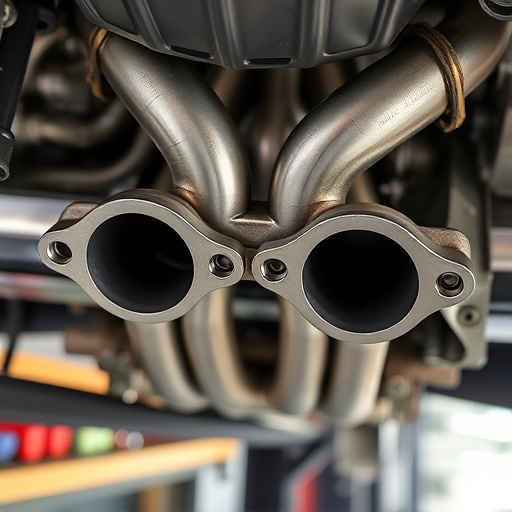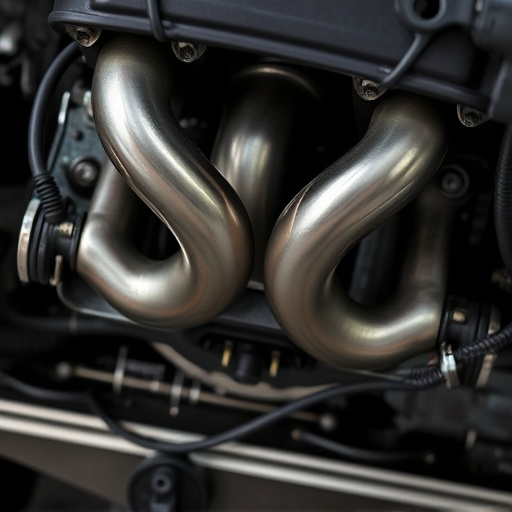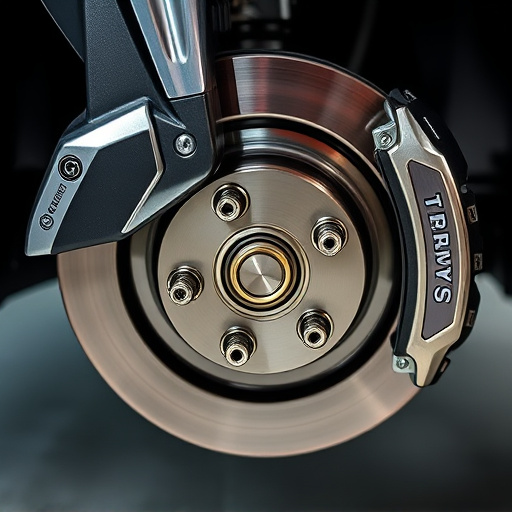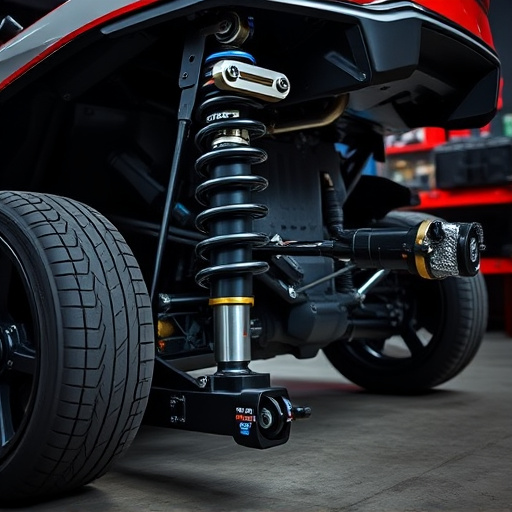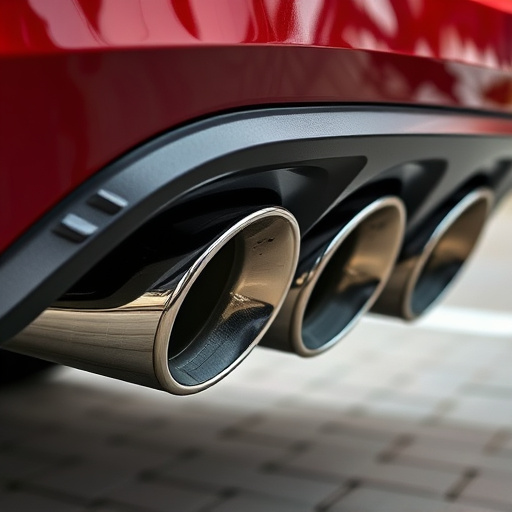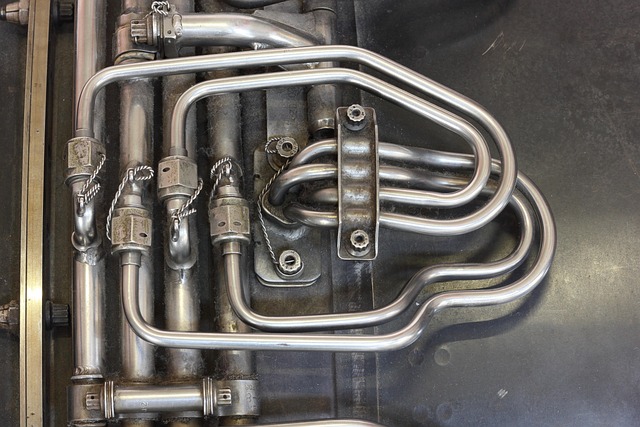The brake master cylinder is a vital part of a vehicle's braking system, providing braking power through hydraulic translation of driver input. Upgrades like coilover kits enhance stopping power and handling, especially in high-performance cars. Regular maintenance, including inspections for wear, corrosion, leaks, and fluid levels, is crucial to ensure safe and optimal braking performance. Addressing issues promptly prevents severe problems and maintains vehicle health.
Explore the intricate world of the brake master cylinder—a vital component in your vehicle’s braking system. This essential mechanical device multiplies your braking force, enabling controlled stops. In this article, we dissect the key parts that constitute this critical system, elucidate their unique functions, and shed light on common maintenance issues. Understanding these elements is crucial for ensuring optimal brake performance and safety on the road.
- Key Parts of the Brake Master Cylinder
- Functionality of Each Component
- Maintenance and Common Issues
Key Parts of the Brake Master Cylinder

The brake master cylinder is a critical component in any vehicle’s braking system, acting as the point of origin for braking power. Key parts include the cylinder body, piston, and master cylinder fluid. The cylinder body houses the piston, which moves back and forth to generate pressure when you apply the brakes. This movement is translated into force through the master cylinder fluid, which acts as a hydraulic agent.
High performance parts enthusiasts often look to upgrade their brake master cylinders with coilover kits for improved control and response time. These upgrades are particularly appealing to those seeking enhanced braking capabilities in high-performance vehicles. By replacing stock brake components, including the master cylinder, drivers can experience better stopping power and overall vehicle handling, making it a key consideration for anyone looking to optimise their car’s performance.
Functionality of Each Component

The brake master cylinder is a vital component in any vehicle’s braking system, responsible for generating the force that activates the brakes. Its functionality hinges on several key parts, each playing a crucial role in ensuring optimal vehicle performance and safe stopping power. At its core, the master cylinder houses a hydraulic fluid, which transfers the driver’s applied force from the brake pedal to the corresponding wheels’ brake pads or shoes.
This complex mechanism comprises various elements, including the cylinder body, piston, and various valves and hoses. The cylinder body holds the hydraulic fluid under pressure, ready for transmission when the brakes are engaged. The piston moves within the cylinder, amplifying the driver’s input and generating the necessary force to push against the brake pads, thereby slowing or stopping the vehicle. This intricate interplay of components is essential for effective braking, enabling drivers to navigate turns, stop at traffic lights, and maintain overall vehicle control with precision and ease.
Maintenance and Common Issues

Regular maintenance is key to ensuring your vehicle’s braking system functions optimally and safely. The brake master cylinder, a critical component in this process, requires periodic inspection for any signs of wear, corrosion, or leaks. During maintenance, check for proper fluid levels, assess the condition of the cylinder’s seals and pistons, and ensure the overall integrity of its internal components. Early detection of issues like worn-out brake pads, damaged brake rotors, or faulty calipers can prevent more severe problems down the line.
Common issues with the brake master cylinder often stem from fluid contamination, air entrapment, or hydraulic leaks. Contaminated fluid can lead to reduced braking performance and even malfunction. Air in the system, typically introduced during maintenance or due to worn seals, can cause pulsation or soft brakes. Leaks, whether from the cylinder itself, hoses, or fittings, must be addressed promptly as they can result in a loss of brake fluid, compromising the entire braking system’s effectiveness. Regularly replacing performance air filters and checking for proper exhaust tips can also contribute to overall vehicle health, ensuring that critical systems like brakes operate at peak efficiency.
Understanding the intricate components of a brake master cylinder is key to maintaining optimal vehicle safety. By familiarizing yourself with each part’s functionality, you can identify potential issues early on and perform effective maintenance. Regular checks and timely repairs ensure the brake master cylinder remains in top condition, enhancing overall braking performance and peace of mind while driving.






